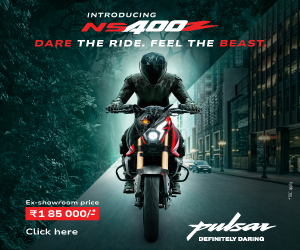 Buddh International Circuit to be the venue
Buddh International Circuit to be the venue
The World Superbike Championship (WSBK) is the highest platform for production based motorcycle racing in the world. The motorcycles raced here are tuned up versions of road bikes like Honda’s CBR 1000 RR Fireblade or BMW’s S1000RR and are almost as fast as the MotoGP machines.
Until last year, most of the rounds of the championship were held in European countries with the exception of USA and Australia. However, the FIM and the championship promotors (Infront Motor Sports) now want to expand the sport in Asia due to its growing motorcycle industry. Russia will its first World Superbike round in Moscow this year followed by Indonesia from next year and talks are on to add an Indian round too!
Paolo Falmmini, CEO Infront Motor Sports has confirmed that they are considering an Indian round to be held on the Buddh International circuit from as early as next year. Flammini is impressed with the successful introduction of Formula One in India and believes that WSBK has a lot to gain from the exposure received here as most of the manufacturers involved in the sport have their subsidaires in the country.



 We take India’s first ABS-equipped motorcycle, the TVS Apache RTR 180, onto the twisties of Mahabaleshwar to see how well it fares in real-world conditions
We take India’s first ABS-equipped motorcycle, the TVS Apache RTR 180, onto the twisties of Mahabaleshwar to see how well it fares in real-world conditions





 1500 Horses roar in Mumbai
1500 Horses roar in Mumbai









